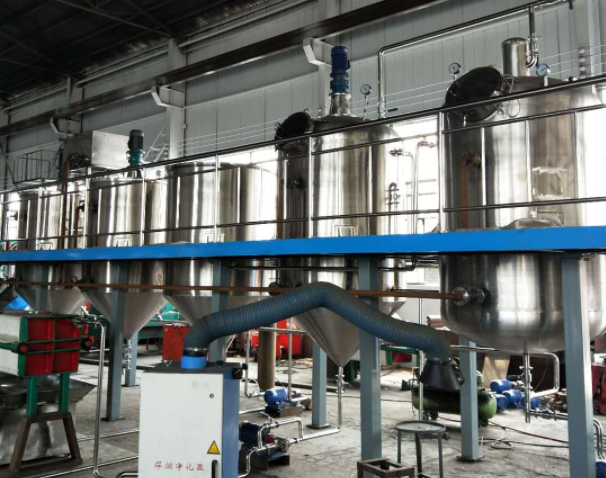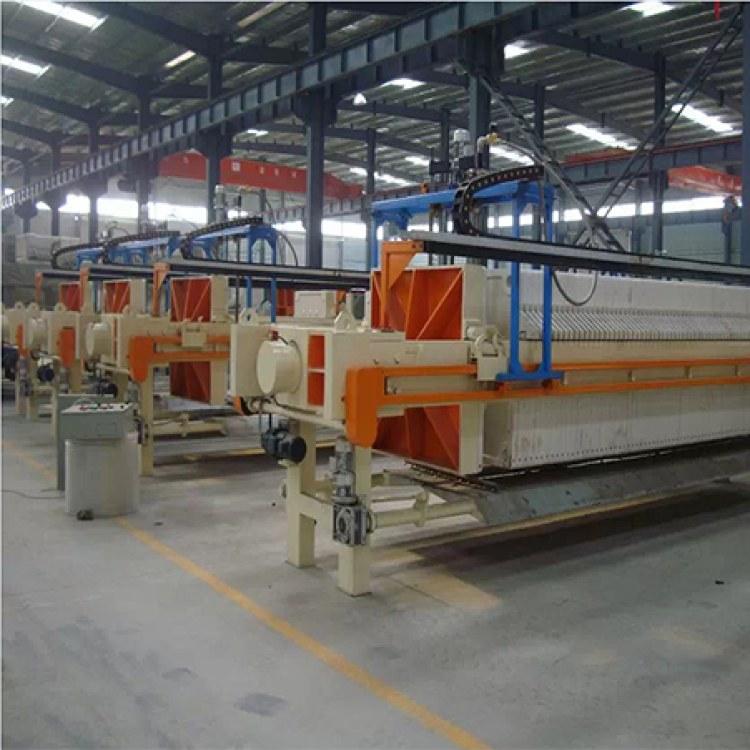After the crude oil is obtained by squeezing or leaching the crude oil, the crude oil obtained will contain impurities. Some of the sources of these impurities are brought in during the production process, such as meal powder, silt, water, solvents, etc. Some of them are contained in oils, such as phospholipids, proteins, sugars, and trace elements. The impurities contained in the oil will affect the quality of the oil and cause the rancidity of the oil. Some food will also have a certain impact on the body. Therefore, the crude oil needs to be refined through oil refining equipment for degumming, deacidification, dehydration, decolorization, deodorization, and dewaxing. After the process is refined, the edible oil that meets the standard can be obtained.

The presence of impurities will cause difficulties in the transportation, storage and processing of crude oil, and directly affect the quality and yield of refined oil. Therefore, the crude oil must be filtered to remove some suspended impurities before refining and degumming. The commonly used filtration methods in the refining process include gravity sedimentation, centrifugal separation, and filtration. Here is an introduction for everyone:
1. Gravity settlement method:
Gravity sedimentation separation uses the density of suspended impurities and grease to be different, and in a natural standing state, the suspended impurities settle from the oil and separate from the grease. The time required for sedimentation and separation is longer and the efficiency is lower. Therefore, gravity sedimentation separation is generally only suitable for the separation of suspended impurities in crude oil, and occasionally also used for the separation of rubber particles or soap particles in the intermittent oil hydration degumming and deacidification process.
2. Centrifugal separation method:
That is, the centrifugal force generated by the high-speed rotation of the centrifuge is used to separate the suspended impurities from the oil. The centrifugal separation method has good separation effect, short time required, high efficiency, but relatively high cost.
3. Filtration method:
It is to pass the suspended oil mixture through the filter medium (ie filter medium, filter cloth and screen mesh in the oil plant), so that the liquid grease can pass through, and the solid matter is trapped on the surface of the filter medium to achieve the purpose of separation and impurity removal. The factors that affect the filtration speed are the filtration pressure, the effective use area of the filter medium, the temperature of the oil (which determines the degree of planting), and the type of filter medium. Commonly used equipment for crude oil filtration includes plate and frame filter presses, leaf filter presses, and tubular filter presses. This method is most common in oil refining equipment.

The filtered oil can continue to be refined, and the peptic impurities, pigments, solvents, odorous substances, wax and other impurities in the oil can be removed through the oil refining equipment. The oil after the removal of impurities can enter the market after passing the inspection. Sold.
Copyright © Henan Zhongxing Grain And Oil Machinery Co.,Ltd. All Rights Reserved. Powered by MetInfo